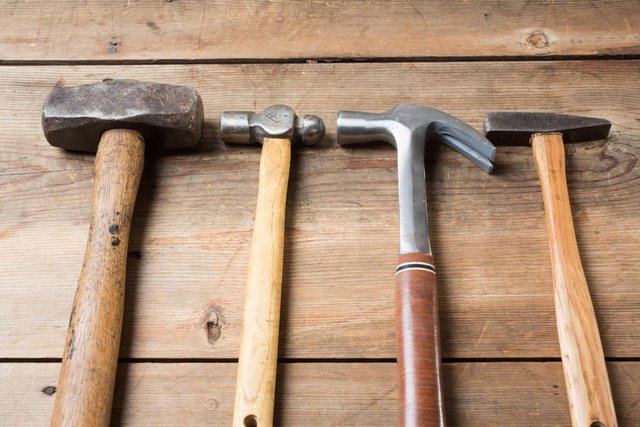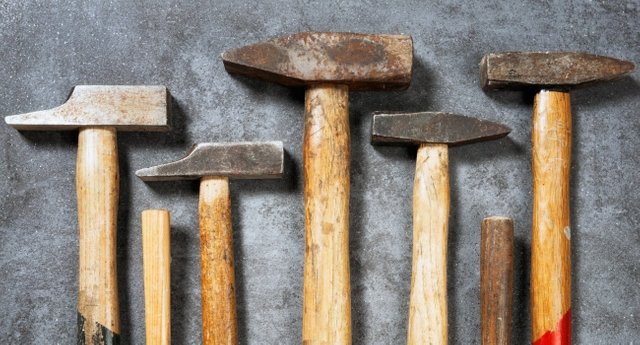Different Types of Hammers in Construction: A Guide to Choosing the Right One-29-03-2025
The hammer is one of the most essential tools in construction. Although its appearance may seem simple, there are various types designed to serve different functions and tasks in construction projects. Choosing the right hammer not only improves work efficiency but also ensures safety. Below, we present the most common types of hammers used in construction.

1. Claw Hammer (Carpenter's Hammer)
This is probably the most recognized and commonly used hammer in construction. It is characterized by its heavy head and flat face, making it ideal for driving nails into wood, drywall, and other materials. Its handle is typically made of wood or fiberglass, providing a good balance and comfort when striking.
Uses:
- Driving and removing nails.
- Light carpentry work.
2. Claw Hammer
Similar to the carpenter's hammer, but with a curved claw end. This design allows the hammer to be more effective for removing nails or pieces of wood without damaging the surrounding material. It’s ideal for those who need to remove nails frequently during their work.
Uses:
- Removing nails.
- Precision work that avoids material damage.

3. Impact Hammer (Pneumatic Hammer)
The impact hammer is a powerful tool mainly used for demolition and working with tough materials such as concrete or brick. It is designed to withstand extreme forces and make heavy-duty tasks easier.
Uses:
- Breaking concrete.
- Heavy demolition work.
4. Ball Peen Hammer
This hammer has two ends: one flat and the other rounded (ball-shaped). It is commonly used in metalworking and fabrication, such as softening and shaping metals. The ball end is also used for creating precise, controlled blows.
Uses:
- Blacksmithing and metalworking.
- Precision work requiring controlled blows.
5. Sledgehammer (Forge Hammer)
This type of hammer is specifically designed for forge work. It’s mostly used in metallurgy, metal forging, or heavy welding tasks where large-scale strikes are needed, such as handling hot metal pieces.
Uses:
- Handling metal pieces.
- Forging and metallurgy work.
6. Rubber Mallet
The rubber mallet is ideal for tasks that require a soft blow without damaging the surface of the material. Its rubber head absorbs impacts, making it perfect for delicate tasks like laying tiles, adjusting wood pieces, or using chisels without leaving marks.
Uses:
- Delicate tasks requiring a soft blow.
- Laying tiles or installing trim.
7. Wood Hammer (Rammer Hammer)
This hammer features a wooden head, making it suitable for tasks that need a gentler touch compared to metal hammers. It’s useful in situations where marks or damage to the material should be avoided.
Uses:
- Delicate adjustments of pieces.
- Tasks requiring controlled, soft blows.

Conclusion: How to Choose the Right Hammer?
The choice of hammer depends on the type of work you’re doing. Claw and carpenter's hammers are perfect for basic construction and carpentry tasks, while impact and ball peen hammers are ideal for heavier tasks like demolition or metalworking. For more delicate jobs, such as tile laying or trim installation, a rubber mallet is the best option.
Always remember to use the right tool to avoid injuries and ensure a job well done. The right hammer truly makes all the difference!